Home>Storage Ideas>Kitchen Storage>How To Clean A Garbage Disposal


Kitchen Storage
How To Clean A Garbage Disposal
Modified: December 7, 2023
Learn effective kitchen storage ideas and quick methods for cleaning a garbage disposal to maintain a clean and organized kitchen space.
(Many of the links in this article redirect to a specific reviewed product. Your purchase of these products through affiliate links helps to generate commission for Storables.com, at no extra cost. Learn more)
Introduction
Welcome to the ultimate guide on how to clean a garbage disposal! A garbage disposal is an essential component of any kitchen, helping to efficiently dispose of food waste and keep your kitchen clean and odor-free. However, over time, food particles, grease, and other debris can build up, leading to unpleasant odors and potential clogs. Regularly cleaning and maintaining your garbage disposal is crucial to ensure its proper functioning and longevity.
In this comprehensive guide, we will walk you through the process of cleaning your garbage disposal step-by-step, while also sharing valuable safety precautions and cleaning solutions. By following these instructions, you’ll be able to keep your garbage disposal in optimal condition while preventing any foul smells or blockages that could disrupt your kitchen routine.
So get ready to roll up your sleeves and tackle your garbage disposal cleaning adventure! But first, let’s dive into some basic knowledge about garbage disposals and why regular cleaning is vital.
Key Takeaways:
- Regularly clean your garbage disposal with natural solutions like vinegar and baking soda to eliminate odors and keep it functioning optimally.
- Prioritize safety by turning off the power, using appropriate tools, and following manufacturer’s instructions when cleaning your garbage disposal.
Read more: How To Clean A Sink Garbage Disposal
Understanding the Garbage Disposal
Before we dive into the cleaning process, it’s important to have a basic understanding of how a garbage disposal works. A garbage disposal, also known as a waste disposal unit or garburator, is an electrically powered device installed underneath your kitchen sink that grinds food waste into small particles to facilitate easier drainage through the plumbing system.
Garbage disposals typically consist of a motor, a grinding chamber, and a shredding mechanism. When you turn on the disposal, the motor spins the shredding mechanism, which breaks down the food waste into tiny pieces. The shredded waste then flows out through small holes in the grinding chamber into the plumbing system, eventually making its way to the municipal sewage system.
Having a garbage disposal in your kitchen can be a convenient way to dispose of food scraps, but it’s essential to use it correctly. Not all food waste is suitable for a garbage disposal. Hard substances like bones, fruit pits, and shells can damage the disposal’s blades or clog the drain. Avoid putting fibrous foods like celery, corn husks, and onion skins in the disposal as well, as they can wrap around the blades and cause blockages.
Now that you have a better understanding of how a garbage disposal works, let’s move on to the safety precautions you should take before cleaning it.
Safety Precautions before Cleaning
Before you begin the process of cleaning your garbage disposal, it’s crucial to prioritize safety. Follow these essential safety precautions to protect yourself from any potential harm:
- Turn off the power: First and foremost, ensure that the power to the garbage disposal is turned off. Locate the circuit breaker for the disposal under your kitchen sink and switch it off. This step is crucial to prevent any accidental injuries while working on the disposal.
- Avoid using your hands: Never put your hands or fingers inside the disposal, even when cleaning. The blades inside the disposal can be sharp and cause severe injuries. Always use long-handled pliers, tongs, or other suitable tools to retrieve any objects or debris.
- Wear protective gear: Consider wearing protective gloves and safety goggles to protect your hands and eyes from any potential splashes or debris during the cleaning process.
- Disconnect the power cord: If your garbage disposal has a power cord, unplug it from the outlet to ensure no accidental activation while you’re cleaning the unit.
- Read the manufacturer’s instructions: Take the time to review the manufacturer’s instructions and guidelines specific to your garbage disposal. Some units may have unique cleaning recommendations or other precautions that you need to be aware of.
By following these safety precautions, you can minimize the risk of accidents and ensure a safe cleaning process. Now that you’re aware of the necessary safety measures, let’s move on to the step-by-step process of cleaning your garbage disposal.
Steps to Clean a Garbage Disposal
Follow these simple steps to effectively clean your garbage disposal and remove any built-up residue or odors:
- Remove any visible debris: Start by inspecting the disposal and removing any large or visible food particles or debris. Use long-handled pliers or tongs to carefully extract any objects that may be stuck inside the unit. Never use your hands for this task.
- Create a cleaning solution: Next, prepare a cleaning solution by mixing equal parts of white vinegar and baking soda. This natural solution helps to break down grease, deodorize the disposal, and remove any stubborn residue.
- Pour the cleaning solution: Carefully pour the vinegar and baking soda mixture down the disposal. Allow it to sit for a few minutes to allow the foaming action to work on breaking down any grime or buildup.
- Scrub the disposal: After the solution has been sitting for a few minutes, take a soft brush or an old toothbrush and scrub the inside surfaces of the garbage disposal. Pay special attention to the rubber baffle and the blades, as these areas can collect the most residue and bacteria.
- Flush with hot water: Once you have thoroughly scrubbed the disposal, turn on the faucet and let hot water run down the drain. The hot water will help rinse away any loosened residue and ensure that the disposal is clean and clear.
- Neutralize odors: If there are any lingering odors, you can neutralize them by grinding a few citrus peels or ice cubes in the disposal. This will freshen up the unit and leave a pleasant scent.
- Double-check for debris: Finally, visually inspect the disposal once again to ensure that there are no remaining debris or particles. Remove any last traces using tongs or pliers.
Following these steps regularly, ideally once a month, will help keep your garbage disposal clean and functioning optimally.
Now that you know how to clean a garbage disposal effectively, let’s explore some cleaning solutions that can help tackle specific issues or odors.
To clean a garbage disposal, pour a cup of ice cubes and a cup of rock salt into the disposal, then run cold water and turn on the disposal for a few seconds to help remove any buildup and odors.
Cleaning Solutions for a Garbage Disposal
When it comes to cleaning a garbage disposal, there are several effective solutions you can use to address specific issues or tackle stubborn odors. Here are a few cleaning solutions you can try:
- Vinegar and Baking Soda: As mentioned earlier, a mixture of equal parts white vinegar and baking soda is an excellent all-purpose cleaning solution for your garbage disposal. It helps break down grease, eliminate odors, and remove residue.
- Ice Cubes and Salt: Grinding a handful of ice cubes and a tablespoon of salt in your disposal can help clean the blades and dislodge any debris stuck to the sides of the unit. The ice cubes act as a natural abrasive while the salt helps remove grime.
- Citrus Fruits: Citrus fruits like lemons, limes, and oranges not only help freshen up your garbage disposal but also act as a natural deodorizer. Simply cut a citrus fruit into small wedges, run them through the disposal, and let the acidic juice and natural oils eliminate any unpleasant smells.
- Borax and Warm Water: Mixing a few tablespoons of borax with warm water creates a powerful cleaning solution. Pour it down the disposal and let it sit for a few minutes before scrubbing with a brush. Borax is a natural cleaner that effectively removes grime and neutralizes odors.
- Commercial Garbage Disposal Cleaner: There are also several commercial cleaning products available specifically designed for cleaning garbage disposals. Follow the instructions on the packaging for the best results.
Remember to always refer to the manufacturer’s guidelines and avoid using harsh chemicals or abrasive cleaners as they can damage the disposal.
Now that you have a repertoire of cleaning solutions, let’s move on to the next important aspect of maintaining a clean garbage disposal.
Read more: How To Clean Glass Out Of Garbage Disposal
Maintaining a Clean Garbage Disposal
Keeping your garbage disposal clean is not a one-time task but an ongoing process. By following these maintenance tips, you can ensure that your disposal remains clean and odor-free:
- Run water while using the disposal: Always turn on the faucet and let cold water run while using the garbage disposal. The water helps flush down the food waste and keeps the disposal’s blades clean.
- Avoid overloading the disposal: To prevent clogs and strain on the motor, only feed small amounts of food waste into the disposal at a time. Cut larger items into smaller pieces before disposing of them.
- Regularly clean the rubber baffle: The rubber baffle or splash guard at the top of the disposal can collect food particles and bacteria. Remove it periodically and clean it with warm soapy water to prevent any foul odors or buildup.
- Flush with hot water and dish soap: Once a week, pour a mixture of hot water and dish soap down the disposal to help dissolve grease and eliminate odors. Let the hot water run for a few minutes to ensure any residue is flushed out.
- Avoid putting non-food items in the disposal: Ensure that only food waste goes into the disposal. Non-food items can damage the blades or cause clogs.
- Sharpen and maintain the blades: One way to keep your disposal operating smoothly is by sharpening the blades periodically. You can do this by running a few ice cubes through the disposal, which helps remove any residue and keeps the blades sharp.
- Regularly inspect and clean the drainpipe: Over time, debris can accumulate in the drainpipe and cause blockages. Use a plumber’s snake or a drain brush to clean the pipe periodically.
- Dispose of citrus peels: As mentioned before, grinding citrus peels helps freshen up the disposal. Consider doing this regularly to maintain a pleasant scent in your kitchen.
By incorporating these maintenance practices into your routine, you can extend the lifespan of your garbage disposal and ensure that it remains clean and efficient for years to come.
Now that you have learned how to clean and maintain your garbage disposal effectively, you can enjoy a clean and odor-free kitchen environment. Remember to always prioritize safety and follow the manufacturer’s instructions when using or maintaining your garbage disposal.
Happy cleaning!
Conclusion
Cleaning and maintaining your garbage disposal is essential for a clean and odor-free kitchen. By following the steps outlined in this guide and incorporating regular maintenance practices, you can ensure that your garbage disposal remains in optimal condition and functions effectively.
Remember to always prioritize safety by turning off the power, using appropriate tools, and familiarizing yourself with the manufacturer’s instructions. Taking these precautions will help prevent any accidents or injuries while cleaning your garbage disposal.
Understanding how your garbage disposal works and being mindful of what you put into it is crucial for its longevity. Avoid placing non-food items, hard substances, or fibrous foods into the disposal to prevent damage or clogs.
Regularly cleaning the disposal with natural solutions such as vinegar and baking soda, ice cubes and salt, or citrus peels helps remove residue, eliminate odors, and keep the disposal blades sharp.
Additionally, implementing good maintenance practices such as running water while using the disposal, cleaning the rubber baffle, and periodically inspecting and cleaning the drainpipe will help keep your garbage disposal in excellent condition.
By following these guidelines, you can enjoy a clean and efficient garbage disposal that effectively processes your food waste, while minimizing unpleasant odors and the risk of blockages.
Thank you for joining us on this comprehensive guide to cleaning and maintaining your garbage disposal. We hope that you have found the information helpful and that it brings you closer to achieving a clean and well-functioning kitchen.
Happy cleaning!
Frequently Asked Questions about How To Clean A Garbage Disposal
Was this page helpful?
At Storables.com, we guarantee accurate and reliable information. Our content, validated by Expert Board Contributors, is crafted following stringent Editorial Policies. We're committed to providing you with well-researched, expert-backed insights for all your informational needs.
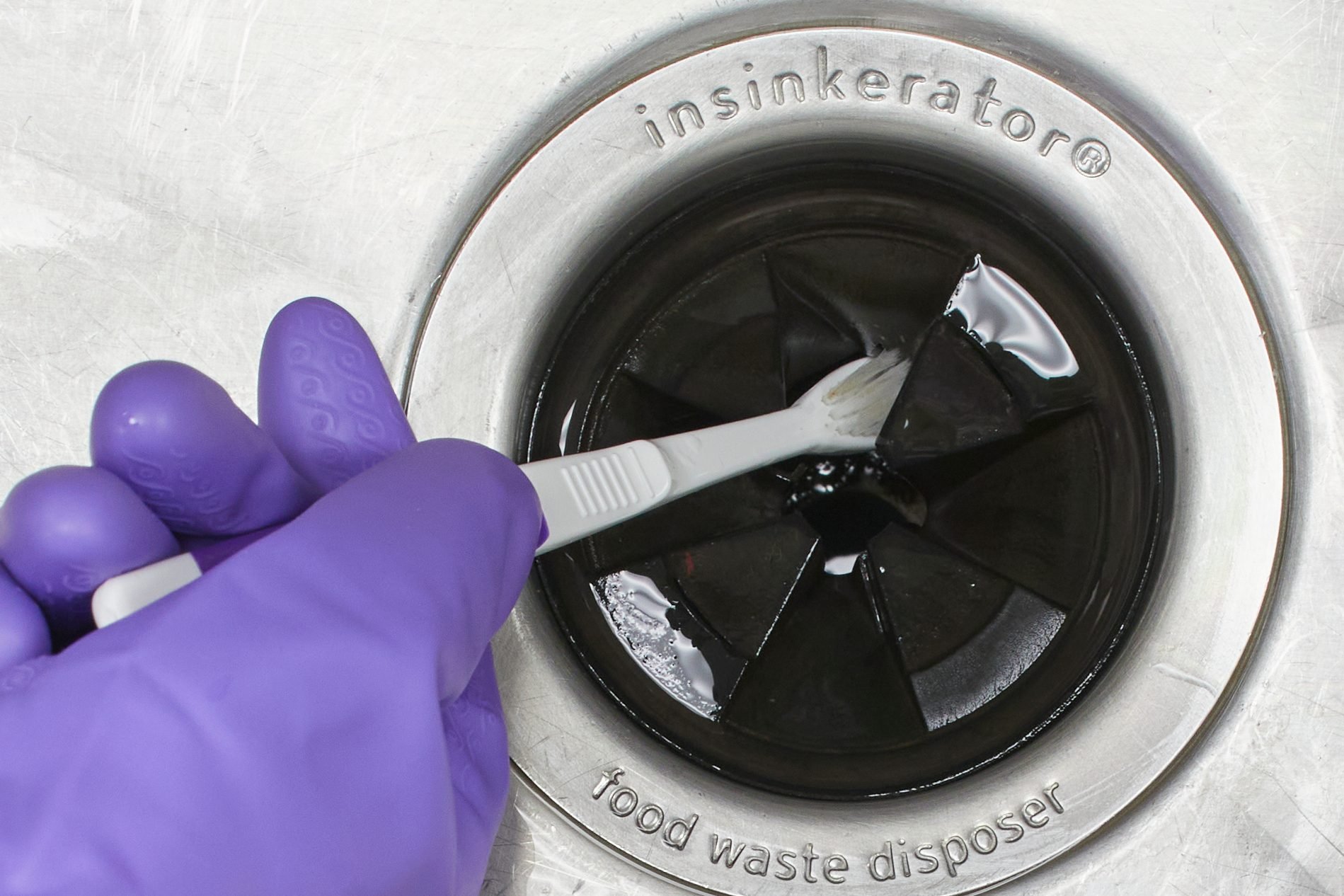
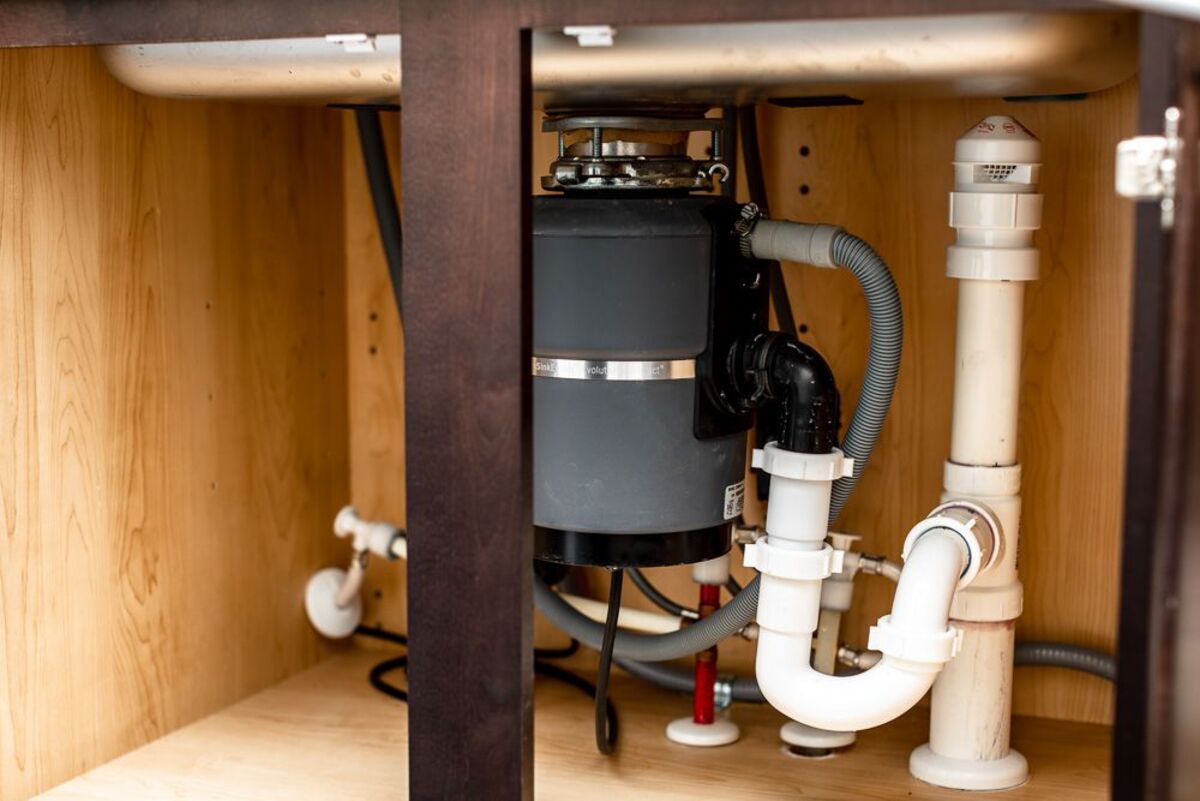
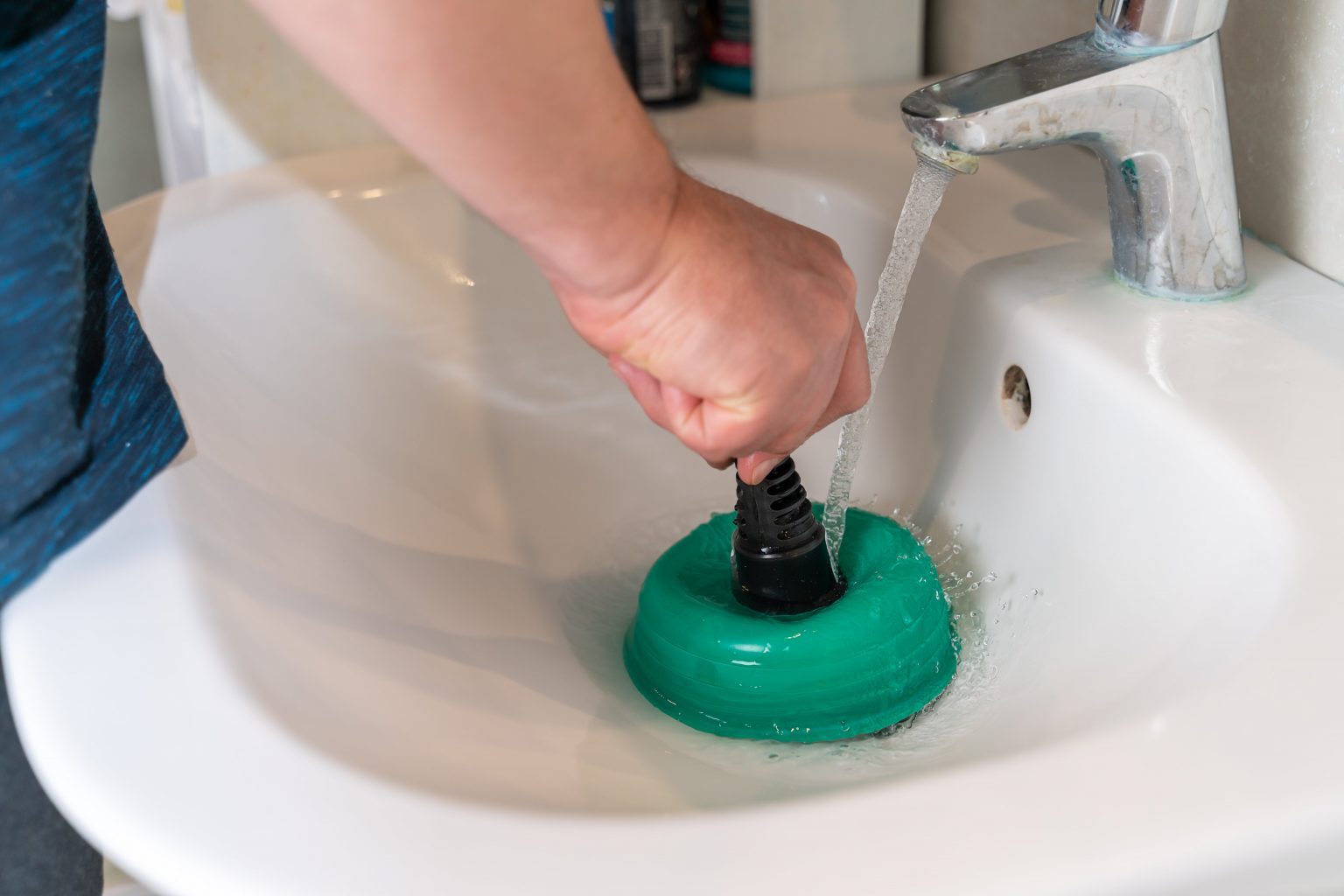
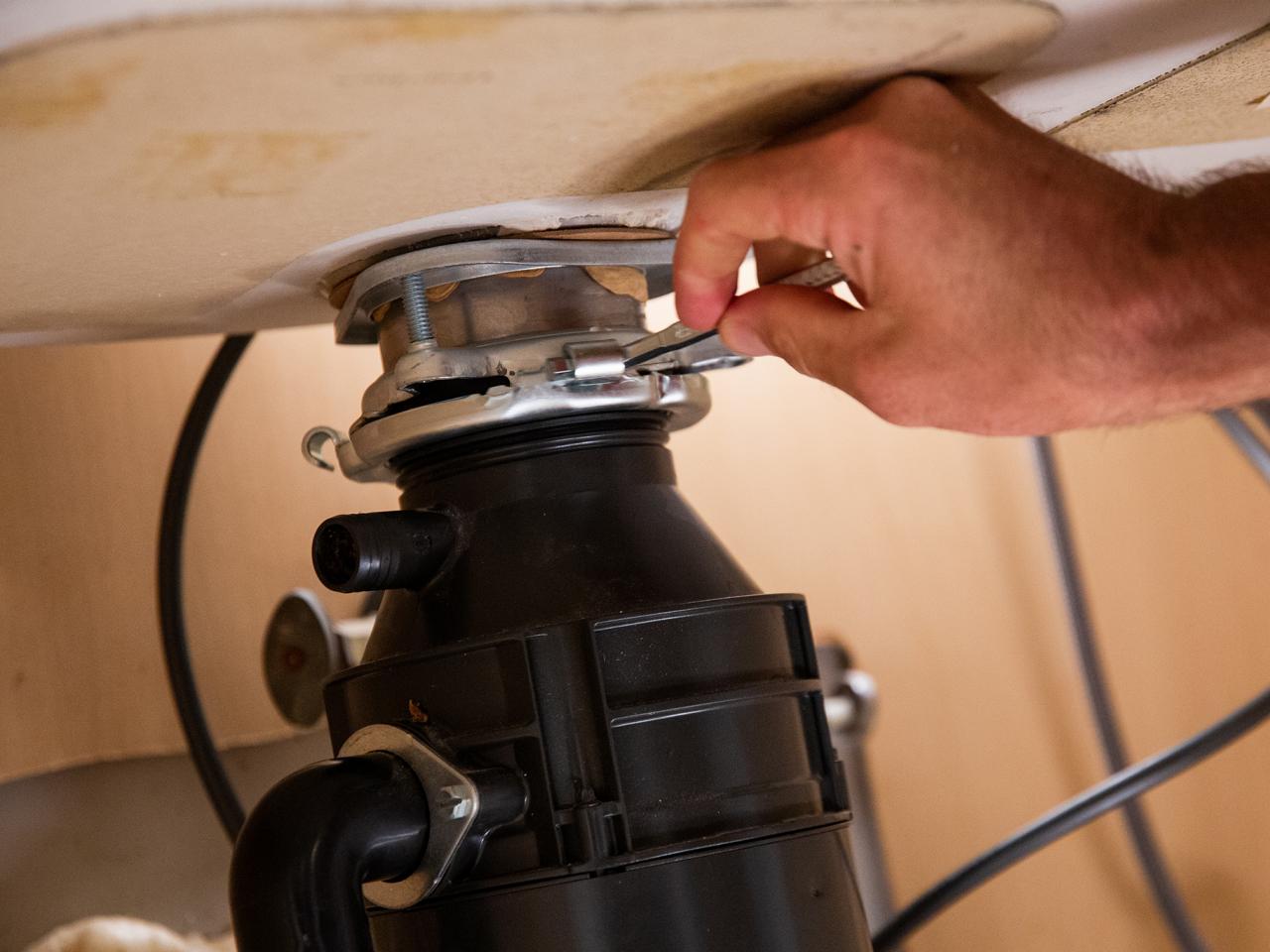

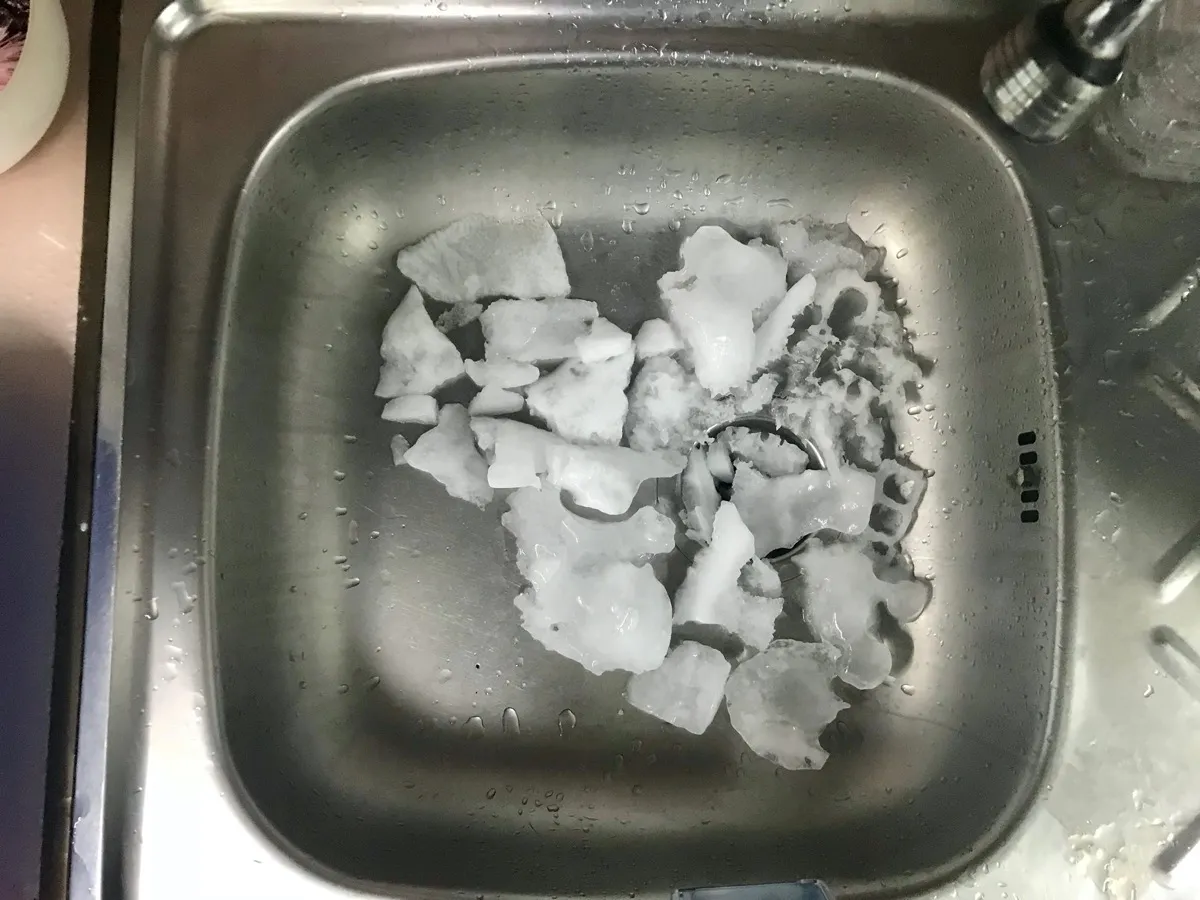
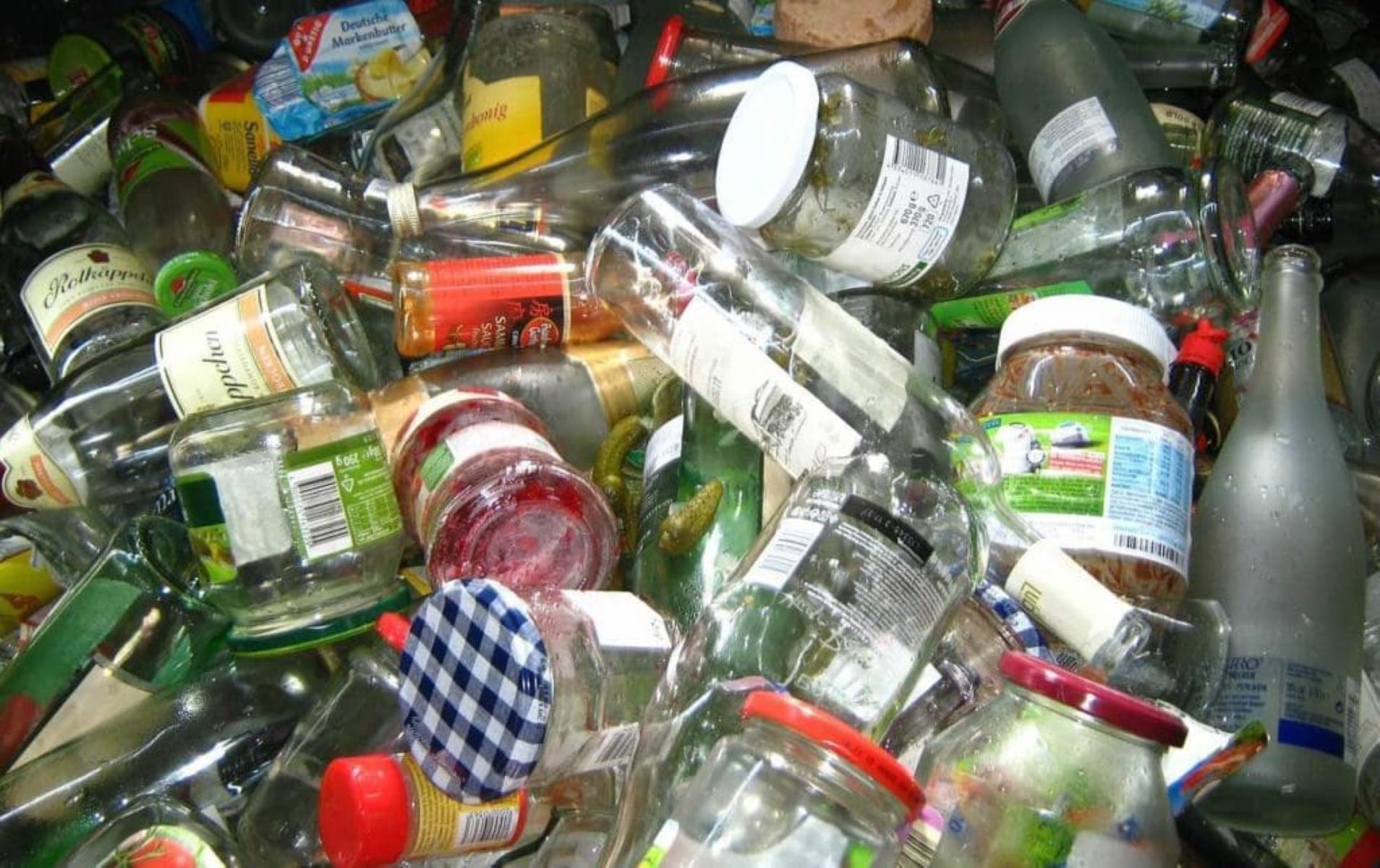
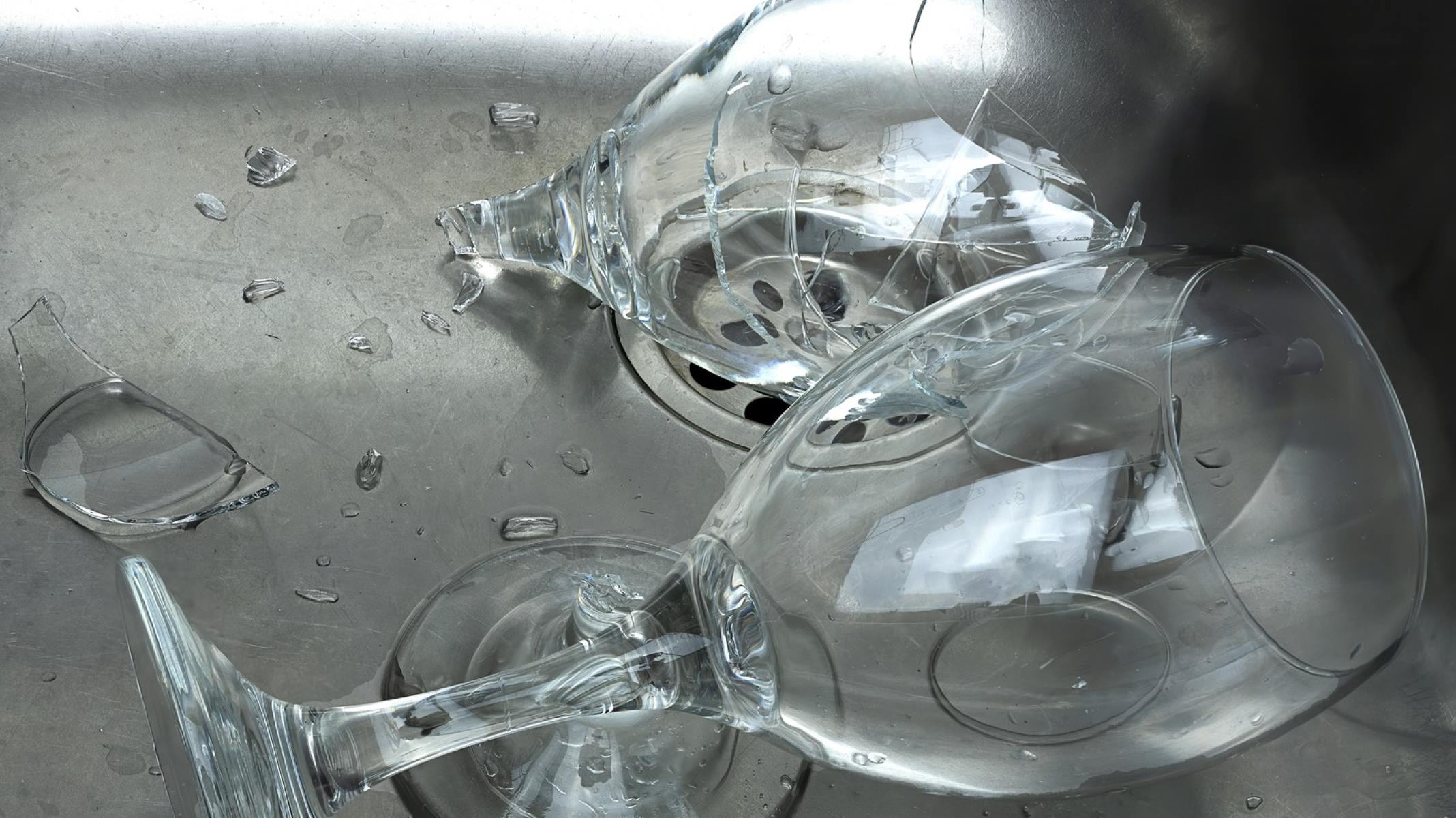
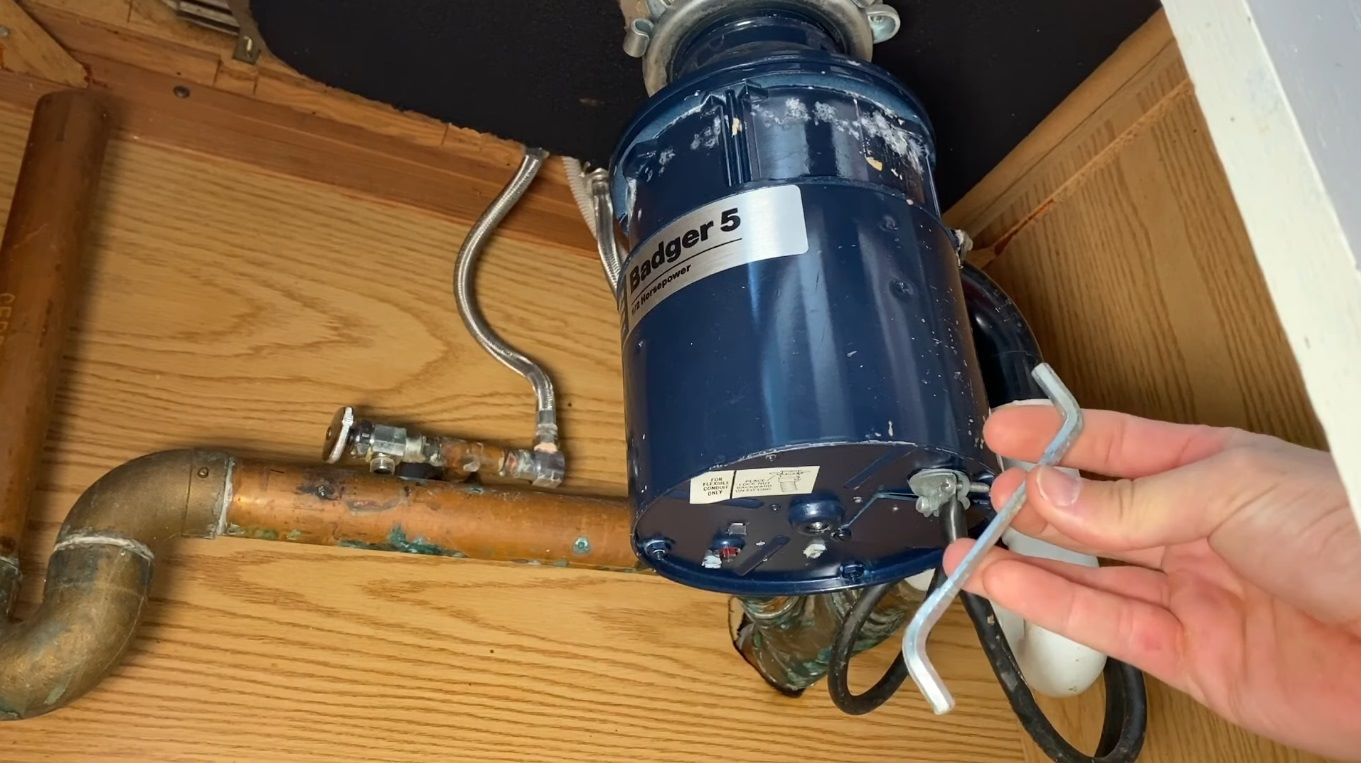
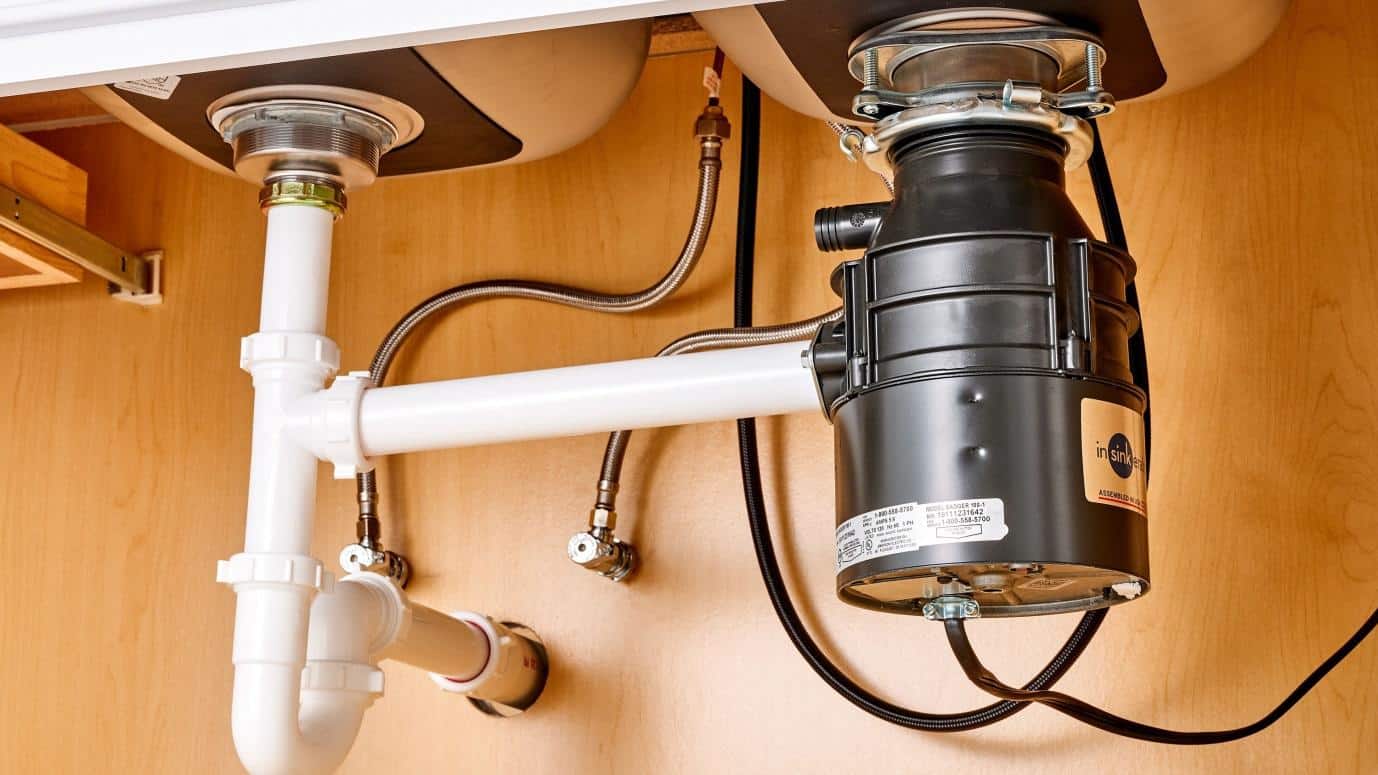

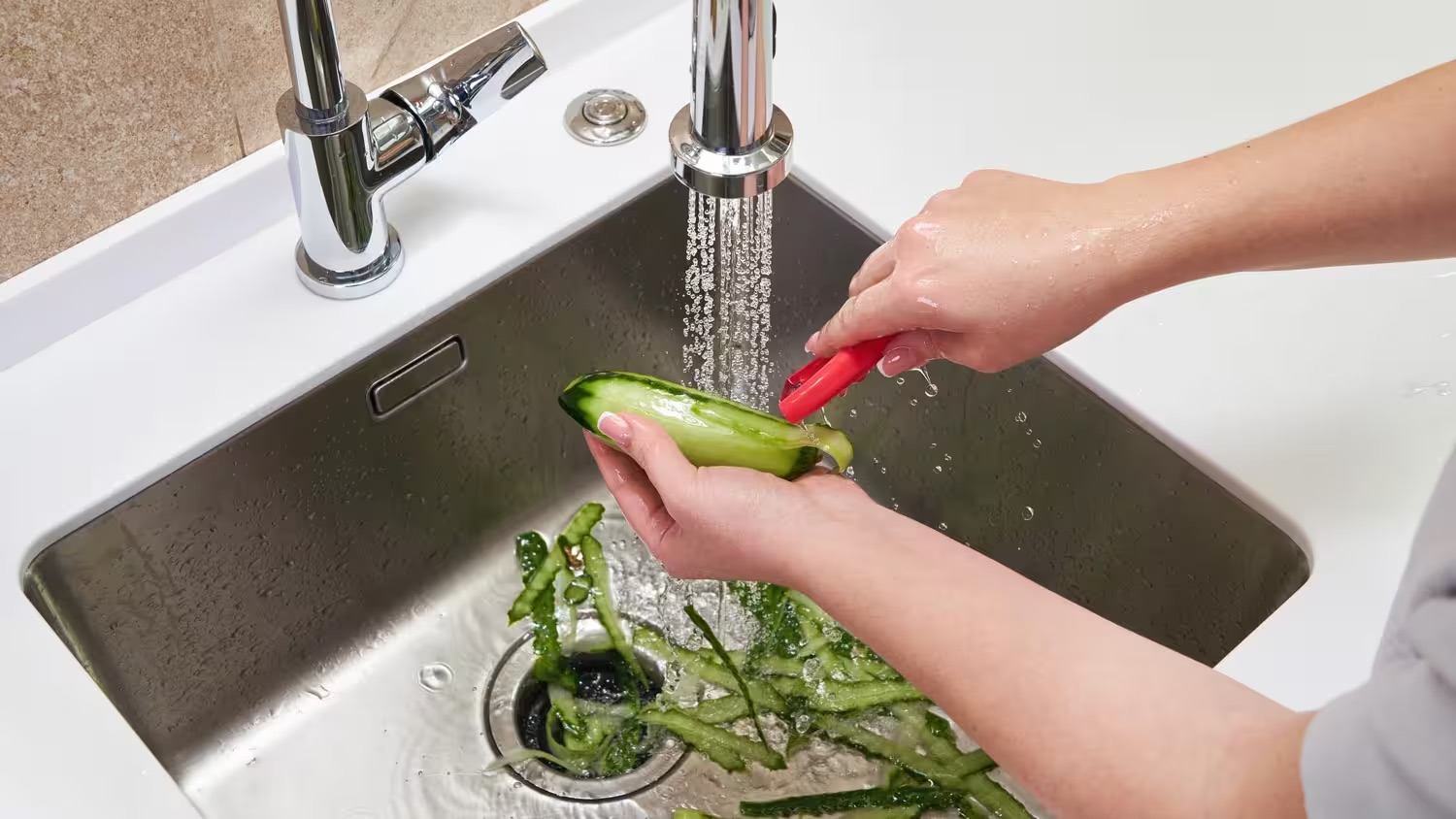
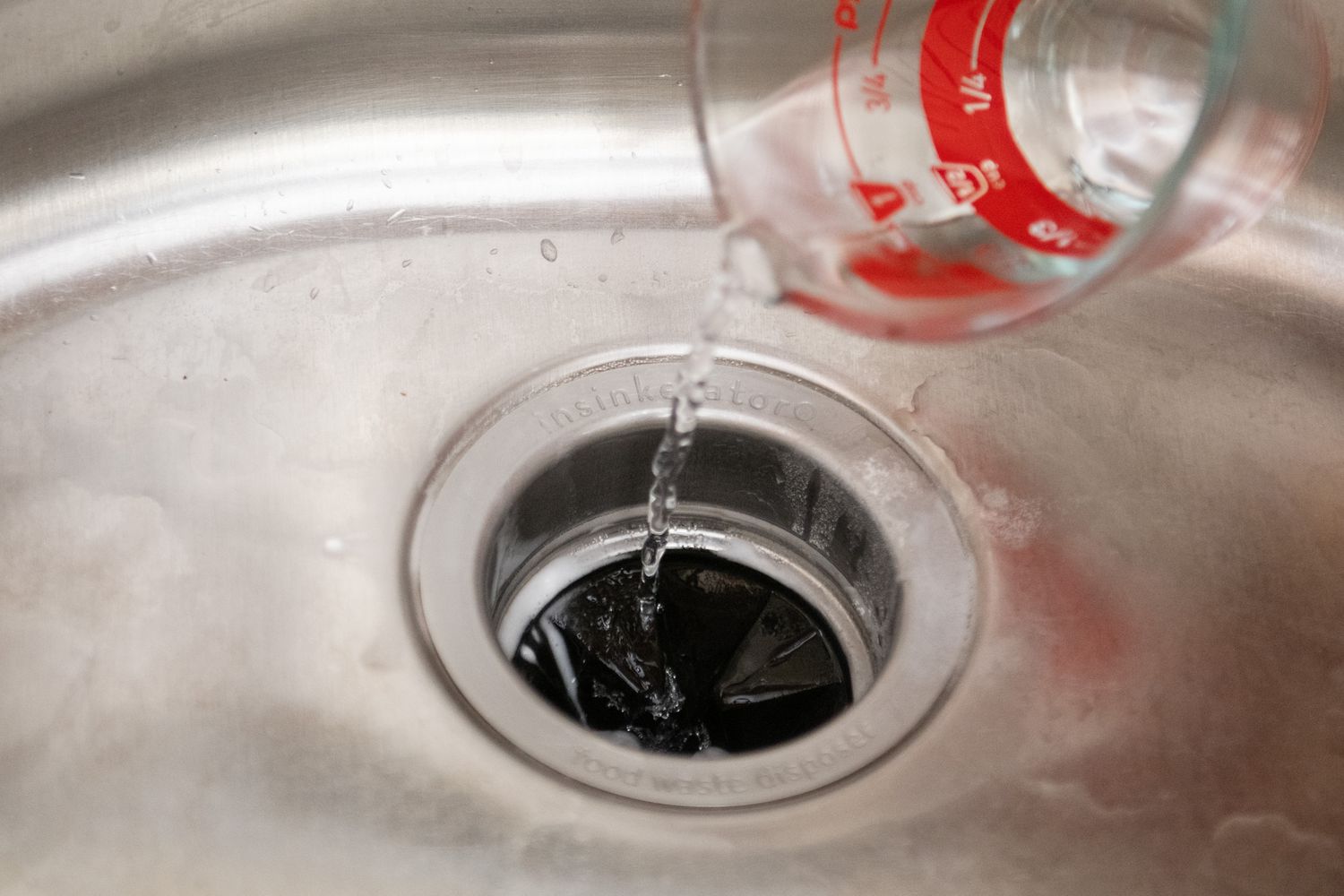
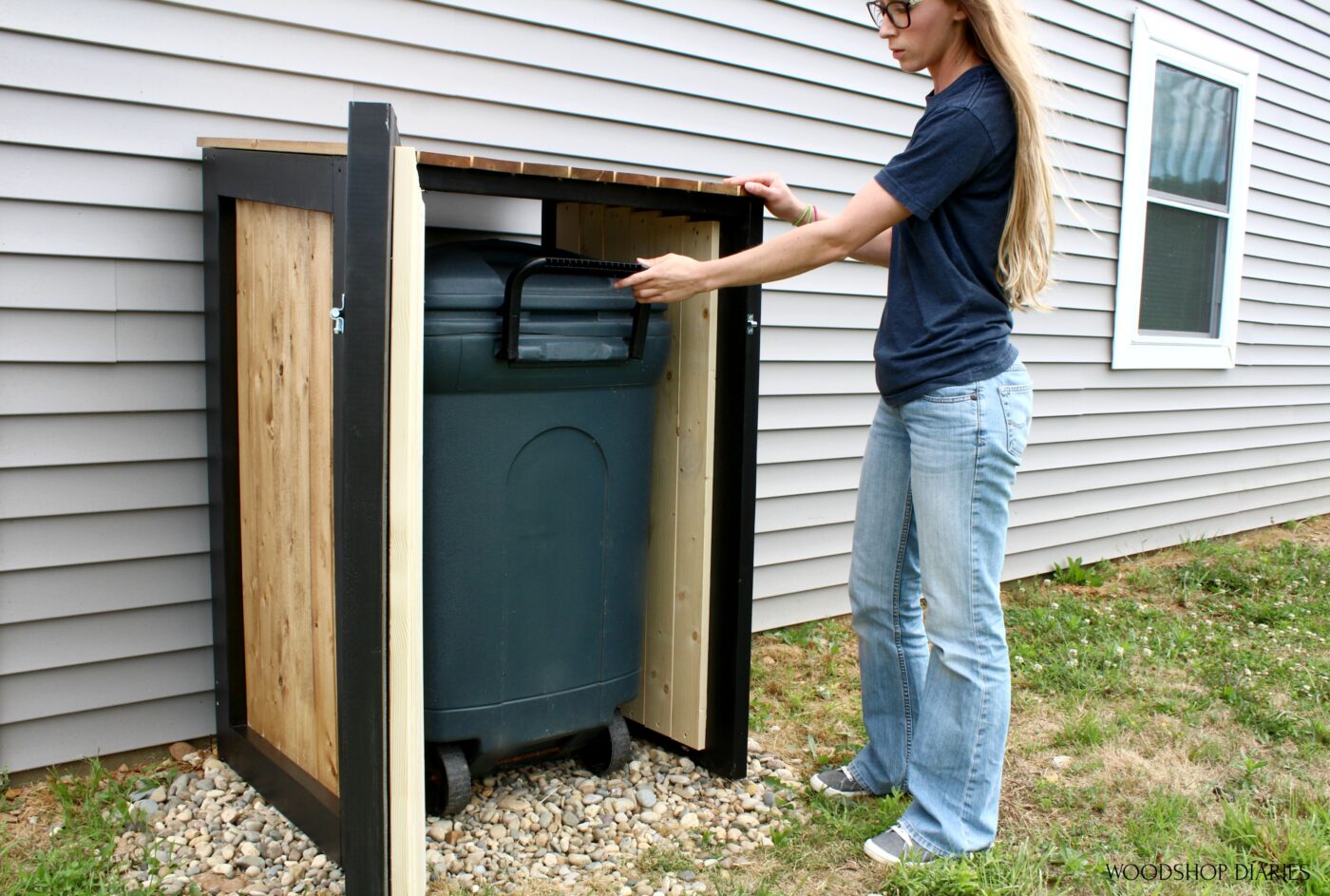

0 thoughts on “How To Clean A Garbage Disposal”